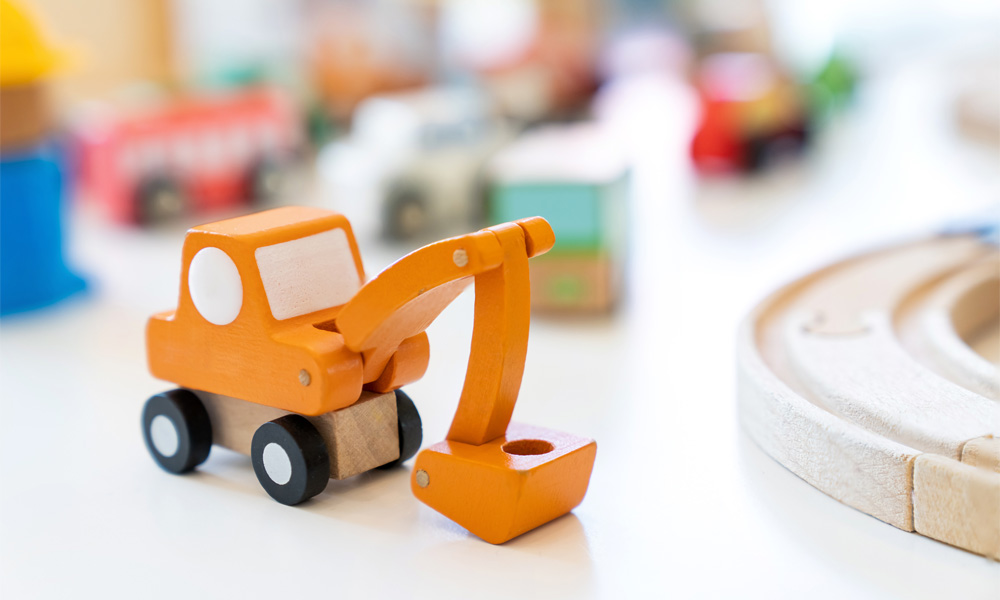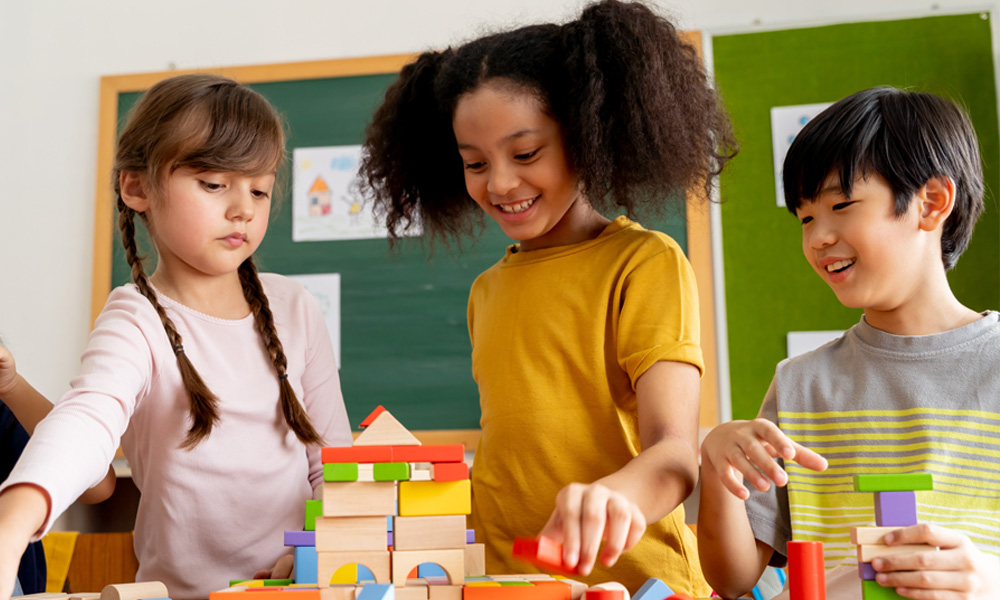
Linked icons
.jpg)
Understanding hearing and listening in a classroom using fNIRS
How do our brains help us to listen and learn in a classroom setting? We are looking for 6-12-year-olds with normal hearing to take part in our research study lasting up to 3 hours. We will be using functional near-infrared spectroscopy (fNIRS) to understand how the brain processes speech in a conversation between an adult researcher (acting as a teacher) and a child student. This will take place in our new naturalistic classroom lab at Lancaster University.
Contact the Pelican Lab
Blurry and fun pictures
In this study, neurotypical children aged 5-12 with normal colour vision are invited to take part in an eye-tracking experiment where they will get to select between fuzzy and blurry images!
Contact Xiaoyun Chen
How do children step into other's shoes?
This study aims to investigate how children aged 3.5-5 years with no learning difficulties and full-colour vision work together in a series of fun, interactive games!
Contact Malcolm Ka Yu Wong
Classroom noise and exam performance
Classrooms can be very noisy, but this noise is full of information. Sometimes the noise can help children learn, other times it is distracting and can make it harder. My project aims to study how classroom background noise may impact children’s learning outcomes. This will be completed by travelling to local schools and recording noise throughout a full school day within a Year 6 classroom. This will explore if classroom noise levels and students’ hearing ability relate to their SAT scores.
Contact El Smith.jpg)
What is different about autistic children's and teens' thinking?
We know that some types of thinking are different in autistic people, but these can be very hard to measure well. For primary school-aged children, we are trying to measure how children think themselves into other people's minds - do they know something different from me, and should I always say everything I know? Study opening soon!

